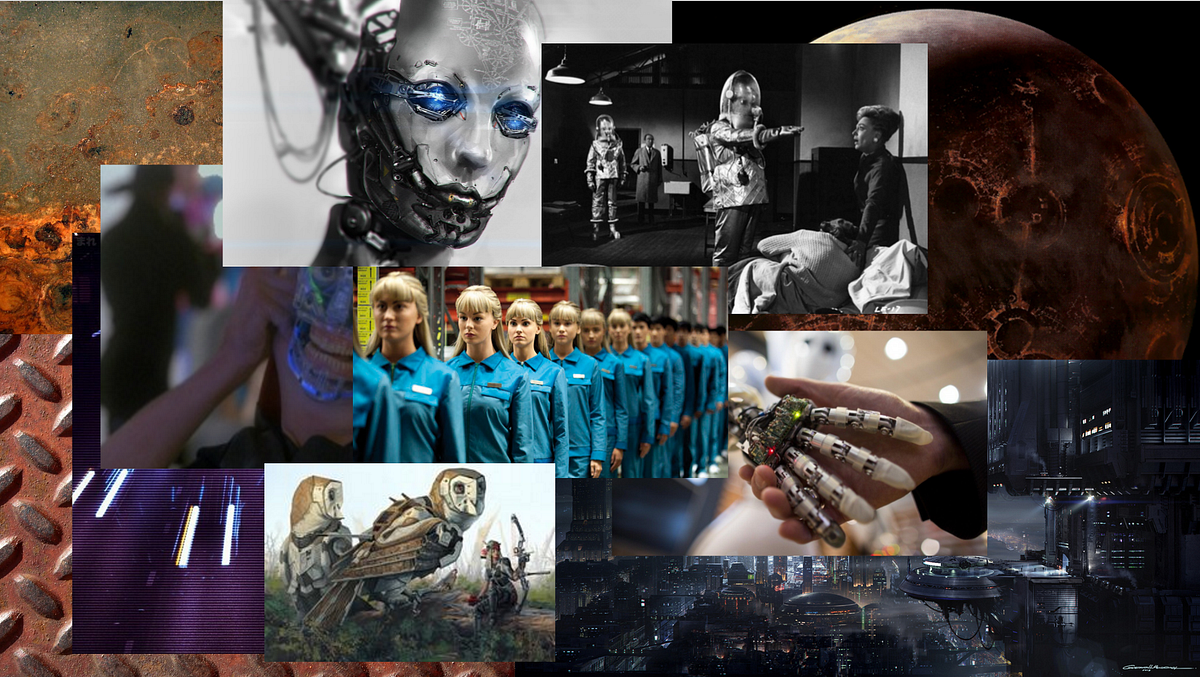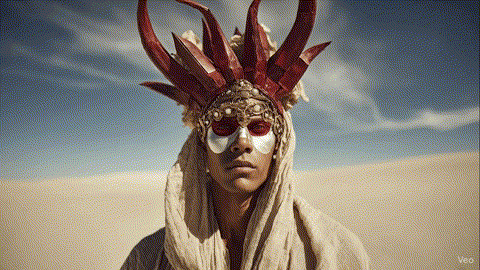If You’re Not Using AI to Use AI, You’re Doing it Wrong.
How I turned an idea into a short film in under 24 hours using ChatGPT, Midjourney, and Veo3.
The secret to making something great with AI isn’t about knowing which tool to use—it’s about how to use the tools together.
That’s the experiment I ran: take a loose idea and, in less than a day, turn it into a working short film using nothing but ChatGPT, Midjourney, and Google Veo.
Here’s how it came together and why “using AI to use AI” might be the real creative secret sauce.
Start with a Foundation
Before the machines can generate anything worth watching, you need something worth saying.
That starts with an idea. Script it out or rough storyboard it. The details don’t have to be perfect, but you should know where the story begins, where it ends, and what kind of world it lives in. This is about key moments and key visuals.
Once that’s down, start building your visual DNA. Collect reference images, mood boards, tone cues. The clearer your vision here, the more consistent your results later.
ChatGPT: The Idea Translator
Feed one of your reference images into ChatGPT and ask it to describe what it sees. Push for specifics: style, mood, lighting, even camera details like lens type, settings, or brand.
This gives ChatGPT a sense of your aesthetic world. Then prompt it with something like:
“Based on the style references above, write me a new prompt that depicts [insert your scene].”
The result? A clean, technically precise prompt ready to hand off to Midjourney.
Midjourney: The Visual Creator
Take ChatGPT’s prompt into Midjourney and start generating. Too dark? Too stylized? Go back, revise, and rerun. This part is iterative—you’re directing the model until the visuals match the film in your head.
Once you’ve locked a frame that feels right, you’re ready to make it move.
Veo3: The Motion Maker
Import your Midjourney image into Google Veo and select “frame to video.” Keep your Veo prompt simple—focus on the camera movement and character actions.
If you’re conserving credits, use Veo2 for early tests and save Veo3 for dialogue or more technical shots. Just like with Midjourney, continue to rerun the prompt until you land with an action you like.
And voila! You’ve got yourself a scene. Now, all you have to do is repeat this process for every frame in your storyboard. No big deal.
Premiere Pro: Where It All Comes Together
The post-production process will vary based on your skillset, but it’s your time to play around and really tell your story.
For sound effects, Pixabay has solid free options. For music, dig through YouTube’s Audio Library—you’ll wade through plenty of cheese, but the gems are there if you’re patient.
What I Learned
Much like producing work with real humans, nothing gets made without collaboration.
Each tool had a job: ChatGPT wrote and directed, Midjourney created the visuals, Veo3 moved the images. I’m not outsourcing creativity; I’m orchestrating it.
Will AI replace filmmakers? Hell no. But it is changing the speed and scale of storytelling. It’s collapsing the gap between imagination and execution.
And honestly, that’s the part that’s exciting.
So, if you’re not using AI to use AI—you’re doing it wrong.









